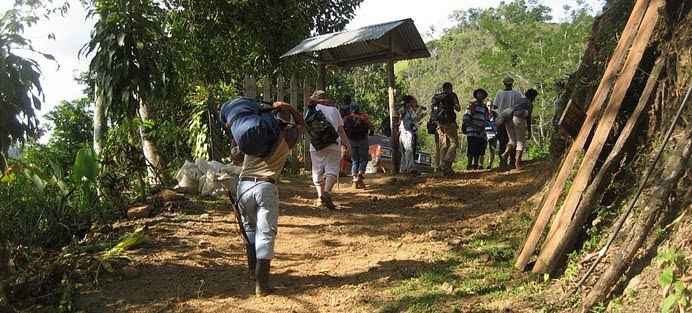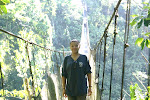
Nathan, 17
During the past two days in class we have been studying the geology of Costa Rica comparing it to Pittsburgh’s. What I gathered from these activities were the different kinds of volcanoes, the types of eruptions, the hazards, and the advantages. There are three types of volcanoes in the world. These are shield, cinder cone, and composite. Shield volcanoes are volcanoes that are made of basaltic lava and that are really flat. Cinder cone volcanoes are made of pyroclastic rock, and these are volcanoes that look like pointy mountains. The last type of volcano is composite volcanoes. These volcanoes are made up of different layer of pyroclastic, and lava flows. Costa Rica is mainly full of composite type volcanoes. These volcanoes mainly have eruptions that are explosive and spew out gases. The hazards of volcanoes in the short run are that the gases are deadly, and lava flows are very dangerous. The advantages of volcanoes are that the heat produced by the lava can be stored and use to produce electricity. Another advantage that volcanoes give is that the ash is very useful for growing coffee beans, and bananas because the soil becomes so rich. The biggest reason to why there are so many volcanoes in Costa Rica and not in Pittsburgh is the tectonic processes of the Earth, and where the plates are located. Costa Rica is on the edge of a convergent boundary which means that the two plates run into each other and form mountains/volcanoes. Pittsburgh on the other hand is nowhere near the edge of a plate boundary which means there are no formations of volcanoes. During the assignments in class we used Google Earth to help us learn about tectonic plates and the volcanoes of Costa Rica. We had to find out where the closest tectonic plate boundary was from Pittsburgh. The closest one to the east is 2,209.41 miles. The closest one to the west is California. Other things we looked at using Google Earth was who close the nearest volcano was to San Jose. The closest volcano is Barva which is 13.29 miles away from the city. Then we had to find out where the closest plate boundary was to Costa Rica. The closest boundary is 90.45 miles off the western coast of Costa Rica. Another interesting fact that I found out was that a lot of the volcanoes in Costa Rica are very active.
All information came from information we learned in class, Google Earth, and the National Geographic Costa Rica Book.










No comments:
Post a Comment